Table of Contents
The Birth of a Gaming Legend
Pac-Man, released in 1980 by Namco and developed by Toru Iwatani, revolutionized the arcade gaming landscape. Brought to North America by Midway, it introduced a unique maze-chasing mechanic that stood out amidst the era’s space shooters. This innovation appealed to a broader audience, including women, who were often overlooked in the gaming industry. The game’s simplicity, combined with its vibrant design and engaging gameplay, made it instantly accessible and highly addictive. Its universal appeal propelled it to global success, solidifying its place as an iconic arcade classic.
The charm of this arcade classic lies in its vibrant mazes, unforgettable characters, and iconic sound effects that resonate across generations. Its unique design captivated both casual players seeking quick entertainment and seasoned gamers aiming for high scores, creating a universal appeal. By breaking traditional gaming conventions and drawing in a diverse audience, it revolutionized the industry and paved the way for future innovations. The accessibility and depth of its gameplay ensured its place as more than just a fleeting trend—it became a global cultural phenomenon. With millions of units sold worldwide and adaptations across various platforms, this masterpiece continues to stand as a shining example of creative design and its lasting influence on the gaming landscape.
A Revolutionary Gameplay Concept
Pac-Man’s gameplay introduced a groundbreaking concept in arcade gaming, blending simplicity with strategy. Players navigate the iconic yellow character through intricate mazes, consuming dots while evading the relentless pursuit of four uniquely colorful ghosts: Blinky, Pinky, Inky, and Clyde. The introduction of power pellets added a thrilling twist, temporarily empowering Pac-Man to turn the tables and eat the ghosts for extra points. This dynamic created a delicate balance between strategy and quick reflexes, captivating players of all skill levels. The approachable yet challenging mechanics made the game instantly engaging, setting a new standard for interactive entertainment.
What truly set this game apart was its non-violent and universally accessible design, appealing to a diverse audience in an era dominated by space shooters. The simple joystick controls allowed players of all ages to immerse themselves in the action without the need for prior gaming experience. Pac-Man’s innovative gameplay and lighthearted theme made it a pioneer in creating inclusive arcade experiences. This combination of easy-to-learn mechanics and depth ensured the game’s enduring popularity, cementing its legacy as a timeless classic that continues to inspire game design to this day.
The Characters Behind the Chase
The design of the game included unforgettable characters, each with its own unique behavior and strategy. The ghosts were programmed with specific patterns, giving them distinct personalities that challenged players to think strategically. Blinky, the red ghost, aggressively pursued the player, while Pinky focused on cutting off routes and setting traps. These behaviors created an engaging dynamic where players could predict and adapt to the ghosts’ actions, adding layers of excitement and strategy to every move. Pac-Man’s interaction with these distinct characters defined the heart of the game.
Further complexity arose from Inky’s unpredictable movements, which kept players on their toes, and Clyde’s unique behavior of alternating between chasing the player and retreating to the maze’s corners. These distinctive ghost patterns added a layer of depth to the gameplay, transforming each session into a strategic battle of wits. Players had to quickly analyze their surroundings, anticipate the ghosts’ movements, and adapt to survive. This dynamic interaction between programmed behaviors and human strategy elevated the experience, making it more than just another arcade game. The result was a phenomenon that captivated audiences across skill levels, from casual gamers to dedicated high-score chasers, solidifying its status as one of the most engaging and enduring titles in arcade history.
Cultural Impact and “Pac-Man Fever”
The 1980s saw a cultural explosion as the rise of an iconic yellow character captivated audiences worldwide. The game quickly inspired a massive array of merchandise, including lunchboxes, T-shirts, and toys, becoming a symbol of the era. It even crossed into the music industry with Pac-Man Fever by Buckner & Garcia, a song that topped the Billboard charts, proving the game’s immense popularity. This phenomenon introduced video games to mainstream culture, establishing a precedent for future multimedia crossovers. Its success showed how games could transcend the arcade to become a part of daily life. The character’s charm made Pac-Man one of the first gaming mascots, opening doors for video games to dominate entertainment globally.
Beyond the commercial explosion, the game inspired creativity across various forms of media, including animated television shows and books. Its universal appeal helped bring video gaming into the cultural spotlight, creating a legacy that remains relevant decades later. The simplicity of its design, paired with its colorful characters, made it an approachable and enduring symbol of fun. As an early example of gaming’s potential to influence culture, Pac-Man proved how a simple idea could resonate with millions. Its legacy continues to inspire and define what gaming can achieve as an art form.
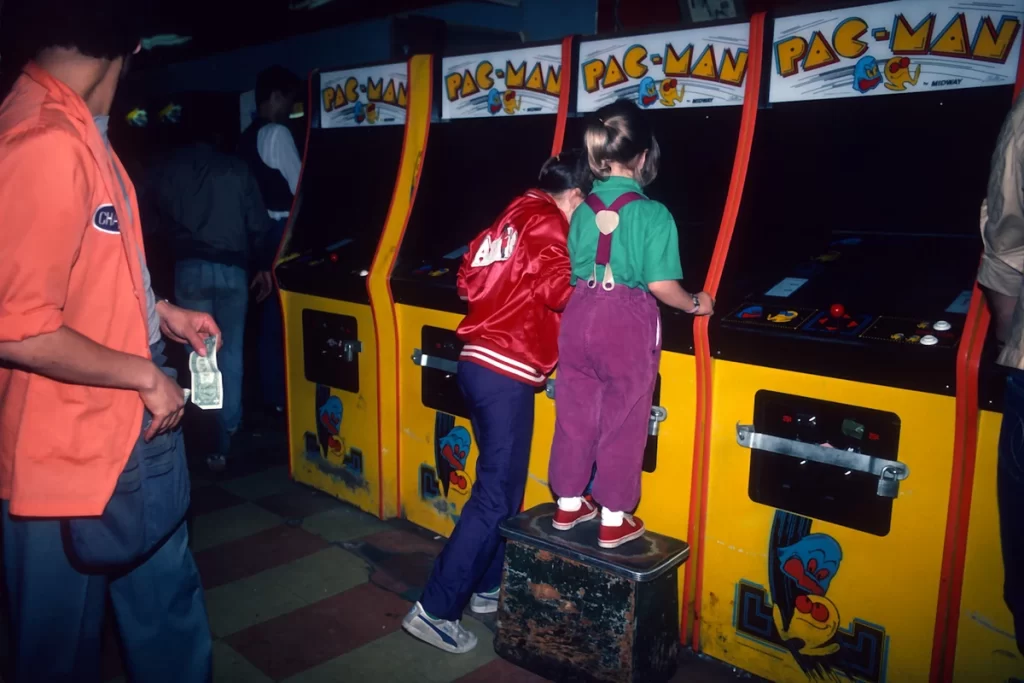
Innovative Design and Visual Appeal
The innovative design of the game redefined visual appeal in the arcade era. The main character’s iconic shape, inspired by a pizza with a slice missing, communicated simplicity and charm while representing a universal love for food. This relatable theme, coupled with the game’s intuitive gameplay mechanics, made it instantly recognizable. The colorful mazes contrasted sharply with the monochromatic screens typical of early 1980s games, creating a vibrant display that could grab attention even in noisy, crowded arcades. The character’s design was not only functional but also symbolic, setting the foundation for gaming mascots to follow. Pac-Man’s enduring charm speaks to how well-crafted simplicity can leave a lasting impact.
Adding to its visual appeal were the distinct animations and personalities of the ghosts, which were key to the game’s success. Each ghost’s unique movement patterns and bright colors added depth to the gameplay and provided visual cues for players to strategize effectively. This level of attention to detail made the game stand out in an era where such design elements were rare. The combination of bold visuals and engaging mechanics ensured that it became not only a game but an unforgettable experience. The game’s aesthetic brilliance contributed significantly to its widespread appeal and cultural impact.
The First Gaming Icon
Before Mario or Sonic, the gaming world saw its first true icon in a character that transcended its time. The game achieved massive popularity, setting the stage for the rise of gaming franchises and making video games a household staple. Its simple yet instantly recognizable “wakka wakka” sound effect became a global auditory hallmark. The character’s circular design and accessible gameplay made it universally relatable, while its cultural presence signaled a turning point in entertainment history. Pac-Man proved that video games could captivate diverse audiences, solidifying the idea that this form of entertainment could rival movies and music. This success highlighted the potential for video game characters to become enduring symbols of the industry.
The game’s influence didn’t stop at cultural popularity—it fundamentally changed how people viewed the gaming industry. It showed that a single title could cross boundaries, becoming synonymous with the very concept of video games for an entire generation. The character graced merchandise, commercials, and even inspired a hit single, proving its undeniable marketability. It wasn’t just the simple gameplay that made it last—it was the emotional connection players felt, whether hearing its sounds or seeing its maze-filled challenges. With such a massive reach, Pac-Man became the first true face of gaming, inspiring creators for decades to come.
The Infamous “Kill Screen”
The game’s notorious “kill screen”, found at level 256, became an accidental yet legendary aspect of its legacy. Due to technical limitations of the 8-bit hardware, a programming glitch caused the right half of the screen to display random symbols, making the level effectively unplayable. This error resulted from the game’s inability to handle the coding for the level counter beyond 255, leading to a data overflow. For players who could endure hours of relentless gameplay to reach this stage, encountering the kill screen became a defining achievement. Pac-Man’s glitch not only added an unexpected layer of challenge but also cemented its reputation as one of the most enigmatic and intriguing arcade games of its era.
The infamous glitch also sparked a competitive frenzy among players determined to achieve high scores. Top-tier gamers sought not only to reach the kill screen but also to maximize points along the way, often employing advanced techniques to clear mazes efficiently and outwit ghosts. This phenomenon contributed to the rise of high-score competitions and arcade leaderboards, laying the foundation for modern esports culture. The kill screen turned the game from a simple arcade title into a symbol of skill and endurance, ensuring its influence on competitive gaming and solidifying its place in arcade history.
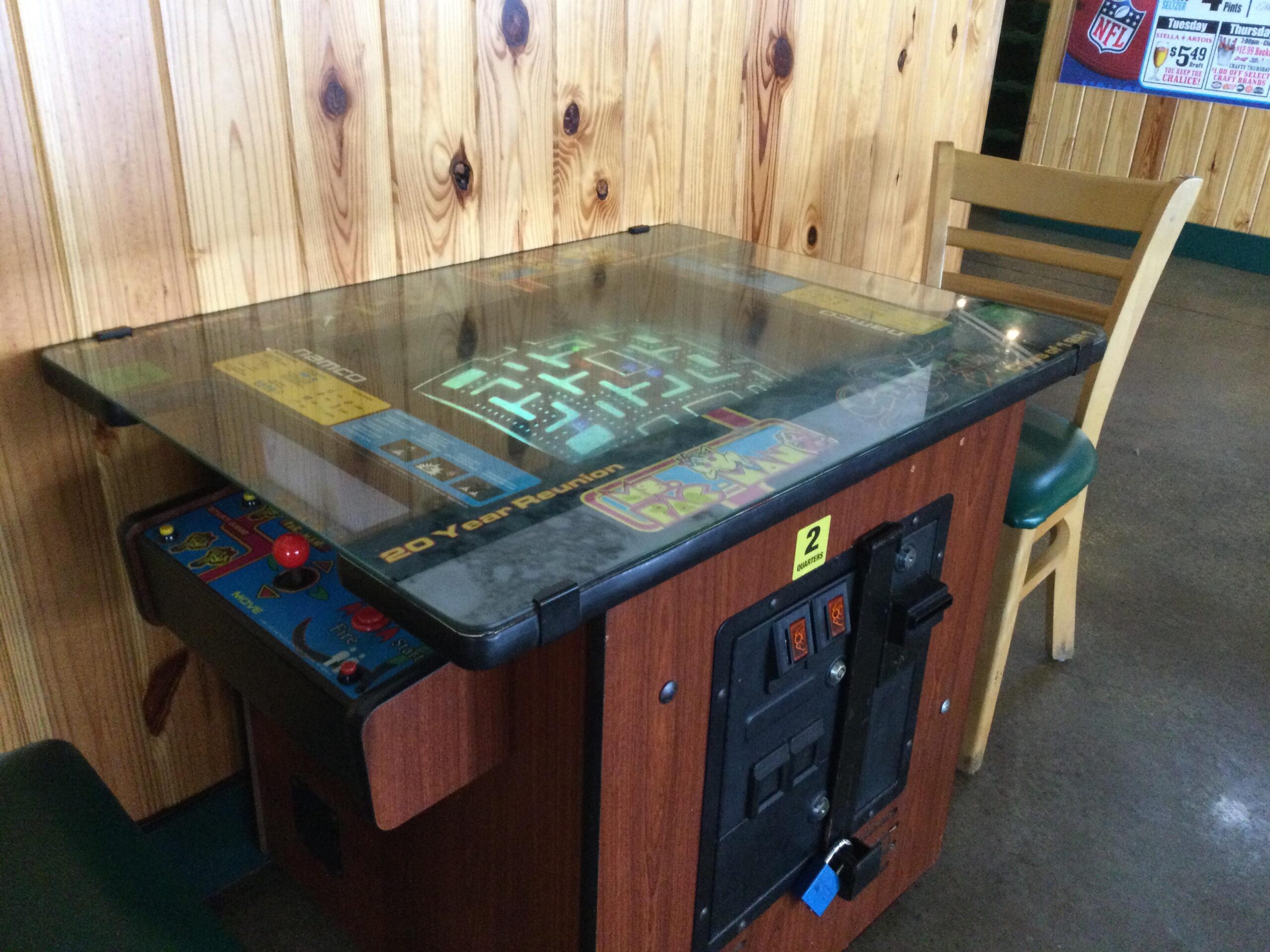
Spin-offs and Sequels
The massive popularity of the original game sparked the creation of numerous sequels and spin-offs, ensuring its lasting relevance. Titles like Ms. Pac-Man, Pac-Mania, and Pac-Man Championship Edition brought fresh perspectives while staying true to the core gameplay mechanics. Ms. Pac-Man became a particular highlight, introducing four unique mazes, faster-paced action, and enhanced graphics. The game’s improvements resonated with fans, quickly making it a classic in its own right. These updates demonstrated how iterative design could build upon an already iconic foundation, ensuring that the franchise remained innovative while retaining the charm that had captured the world’s attention. Pac-Man’s legacy as a franchise cornerstone was cemented through these creative expansions.
Beyond just sequels, the spin-offs explored creative new directions, expanding the game’s audience and appeal. Pac-Mania brought a pseudo-3D perspective, introducing jumping mechanics to evade ghosts, offering a modernized twist on the maze-chase formula. Meanwhile, Pac-Man Championship Edition catered to competitive gamers with time-based challenges and vibrant, neon aesthetics. These adaptations reflected a willingness to evolve with changing gaming trends, ensuring the series’ relevance across decades. Each title in the franchise reinforced its iconic status, proving that even the most beloved concepts could be reimagined to captivate both new and loyal players alike.
A Global Phenomenon
Pac-Man’s international success marked a milestone in the history of gaming, becoming one of the first titles to break cultural barriers and captivate players worldwide. Its universal gameplay, centered around navigating mazes and avoiding ghosts, resonated with audiences from Japan to North America and Europe. The relatable simplicity of its mechanics ensured accessibility, while its colorful visuals drew players from diverse age groups and backgrounds. By combining intuitive controls with an engaging challenge, the game created a global fanbase that transcended linguistic and cultural differences. Pac-Man was not just a game—it was an invitation for everyone to participate in a shared, exciting experience that helped shape the global arcade culture of the 1980s.
The impact of the game was visible in arcades around the globe, where lines of players waited to demonstrate their skills and compete for high scores. Its success wasn’t confined to gameplay alone; the character became an international icon, recognized and celebrated across continents. Merchandise, commercials, and even music further solidified its position as a cultural touchstone. The game’s ability to unite players regardless of geographic location established a foundation for gaming as a universal form of entertainment. Pac-Man’s worldwide popularity proved that great games could transcend borders, paving the way for the global gaming industry we know today.
Enduring Popularity Through Generations
Even after decades, Pac-Man continues to resonate with audiences of all ages. Modern iterations like Pac-Man 256 and Pac-Man Championship Edition DX demonstrate the franchise’s ability to evolve while staying true to its roots. These releases blend the nostalgia of classic gameplay with fresh mechanics, ensuring they appeal to both longtime fans and newcomers. The accessibility of these games, available on various platforms, has introduced a new generation to the iconic maze-chasing gameplay. Pac-Man’s enduring charm lies in its simplicity, which makes it timeless in an ever-changing gaming landscape.
Beyond gaming, Pac-Man has solidified its place in broader pop culture. Its appearances in films like Pixels and crossover games such as Super Smash Bros. Ultimate showcase its wide-reaching influence. These media integrations keep the character visible to global audiences, reminding everyone of its historical significance. By adapting to modern entertainment trends while preserving its core identity, Pac-Man has maintained a legacy few games can rival. Its enduring popularity is a testament to its innovative design and universal appeal, securing its place in gaming history for generations to come.
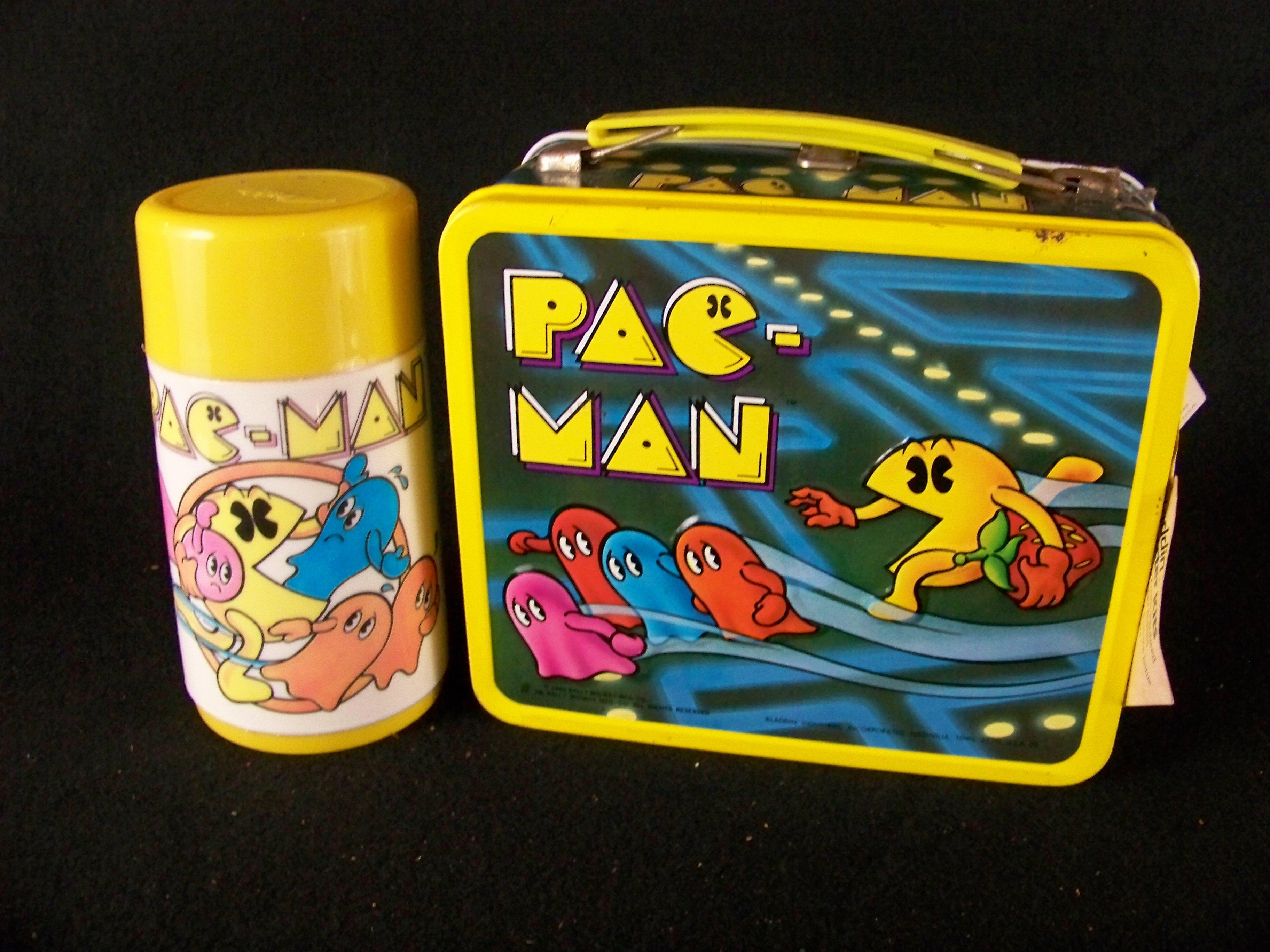
Educational and Social Influence
Pac-Man has transcended its role as a game, becoming a subject of academic study in fields like artificial intelligence and behavioral psychology. Researchers have used it to analyze pathfinding algorithms, given the unique movement patterns of its ghosts. The game’s mechanics offer insights into decision-making processes and adaptive strategies, demonstrating how players anticipate and respond to dynamic challenges. This makes Pac-Man an ideal tool for studying computational models and real-time problem-solving. Such studies highlight how even a simple maze game can provide a platform for exploring complex scientific concepts, contributing to advancements in AI research and human cognition analysis.
Beyond academia, Pac-Man has been a social catalyst since its debut during the golden age of arcades. The game’s multiplayer high-score competitions encouraged camaraderie and friendly rivalries, fostering community connections. Arcades became hubs for social interaction, with players bonding over shared experiences and cheering for each other’s successes. The game’s universal appeal transcended age and gender, breaking barriers in a way few other games of its time managed. Pac-Man’s impact on social dynamics shows how gaming can unite diverse groups, making it a cultural icon that continues to resonate with players worldwide.
A Timeless Classic
The longevity of this arcade legend lies in its seamless combination of accessibility and challenge. It offers a game design that rewards precision, strategic thinking, and patience while still being approachable for casual players. The straightforward mechanics allow newcomers to enjoy the thrill, while seasoned gamers can refine their skills and chase high scores. Whether experienced on a vintage arcade cabinet or enjoyed through a modern console, the iconic gameplay continues to resonate. Pac-Man’s timeless appeal reflects its innovative design and ability to connect with players across generations, demonstrating that well-crafted games can endure the test of time.
Beyond its gameplay, this classic stands as a symbol of gaming history and culture. It has inspired countless players, developers, and even broader creative endeavors throughout its legacy. The character’s global recognition and the simplicity of its design showcase the power of universal appeal. While other games have come and gone, few can claim the same level of cultural impact or longevity. Pac-Man’s influence extends far beyond entertainment, representing the beginning of a global industry and proving that an enduring concept can captivate players for decades. Its status as a cornerstone of gaming history remains unmatched.
How useful was this post?
Click on a star to rate it!
Average rating / 5. Vote count:
No votes so far! Be the first to rate this post.
Author
-

Meet Dr. Kendall Gregory, a highly accomplished professional with a remarkable academic background and a deep passion for empowering individuals through knowledge. Dr. Gregory’s educational journey began with a Bachelor of Science degree, followed by a Doctor of Chiropractic Medicine, focusing on diagnosing and treating musculoskeletal conditions. He further expanded his expertise with a Master's degree in Oriental Medicine, specializing in acupuncture and Chinese herbology, and a Master's degree in Health Care Administration, emphasizing his dedication to improving healthcare systems. Dr. Gregory combines his extensive knowledge and practical experience to provide comprehensive and integrative healthcare solutions. Through his writings, he aims to inspire individuals to take charge of their health and make informed decisions.
View all posts
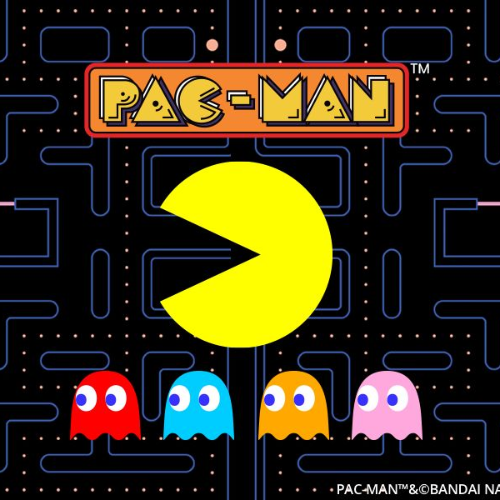
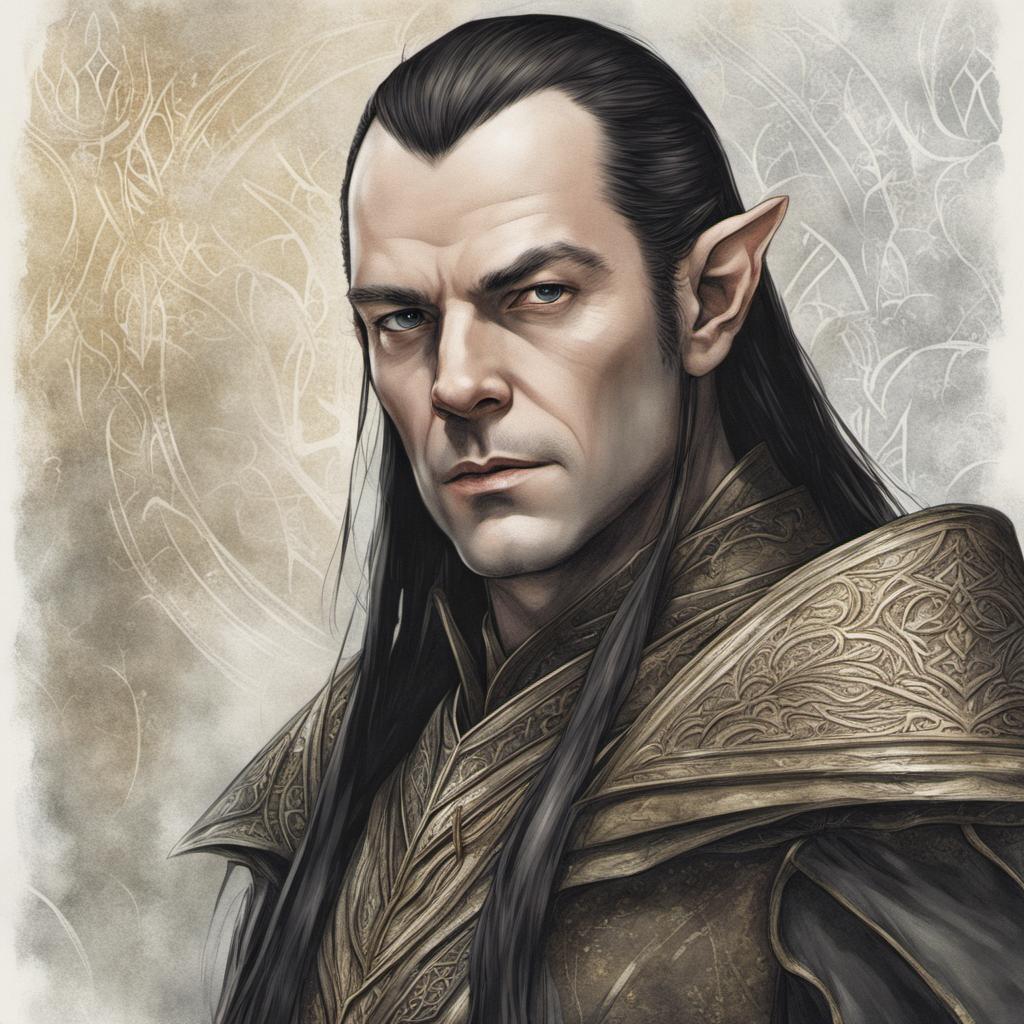
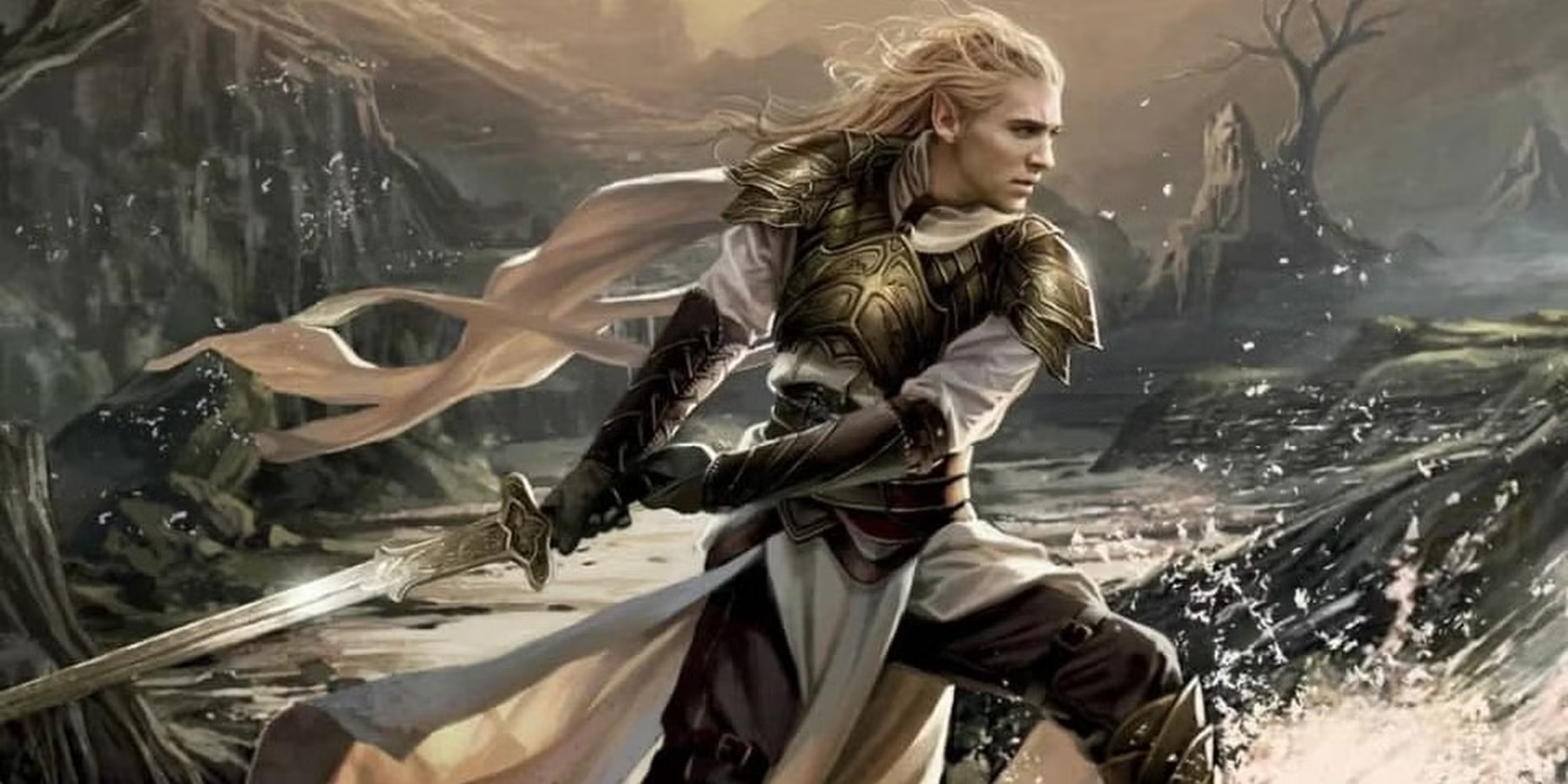




PAC-Man! My favorite PAC-man game is PAC-Man championship edition on the 360. A super fast paced PAC-man game that is a complete acid trip. Gad to see the series around so many generations. With many more to come, I’m sure.